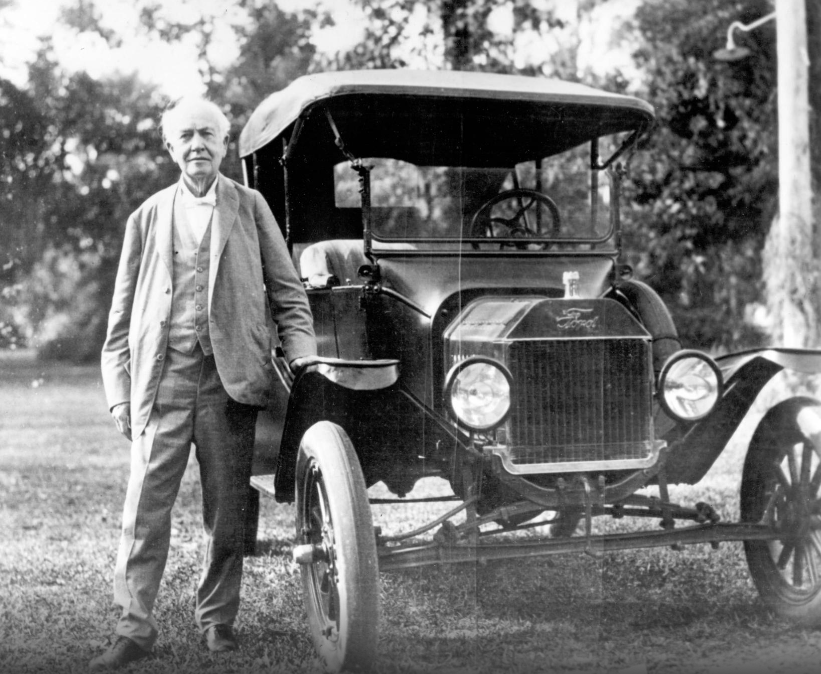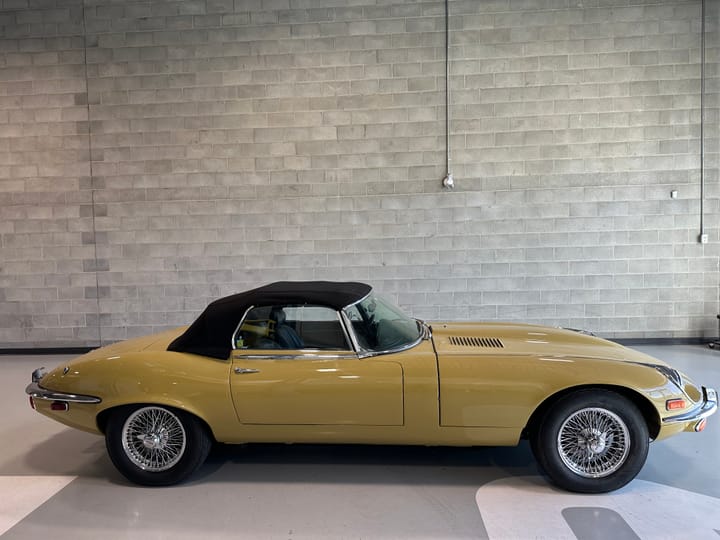Automobiles As Historical Artifacts

People's reasons for collecting are as diverse as the number of objects that are collected. You can collect things that are personally meaningful to you, objects of status or items that facilitate social connections. You can collect cars for the unique experiences they offer. For many collectors, learning is the motivating factor.
When you view classic automobiles as artifacts you are placing them in a historical context, and comparing and contrasting other similar objects with the socio-economic construct of the era.
The 1917 Ford Model T pictured above arrived from a client who wants me to sell it for him. I feel strangely compelled to keep it. At first glance it looks like a spindly buggy, light years away from what we normally drive today. Look at it a little closer and you realize that it has all the parts in all the same places, working in the same way, as a modern ICE vehicle. If you take away the body and the wood-spoke wheels, the chassis and running gear don't look that much different than a car made 50 years later. The internals of the 3 litre, 4 cylinder engine operate in the same way as in today's combustion engines. Even the fuel economy isn't that different: A Model T will get about 20mpg which is better than a lot of new vehicles.
The Model T is probably the most important car in the history of the automobile. Before its introduction in 1909, 'motorcars' were only for the wealthy who had chauffeurs to start, drive and maintain them. By virtue of the first modern assembly line, the Model T could be made in great quantities at a price that the average family could afford. The list price of a Model T actually dropped from its initial price of $825 (about $USD 25,000 in today's money) to $260 in 1925. It would take most Ford assembly line workers 3-6 month's salary to afford one of the cars they were making - a ratio that is more or less the same today. Ford made 15M Model T vehicles from 1909 to 1926. By 1930, more than half of American families owned an automobile (from 2% in 1909), largely because of Henry Ford.
In 1917 most homes did not have electricity. It would take until 1925 for 50% of the homes in the US to have power. Early in his career, Henry Ford was employed by Thomas Edison and they would later become lifelong friends. Edison was keen motorist and even built his own electric car. Edison developed the magneto for the Model T which enabled it to operate without a battery. The cars were hand-cranked, up until the end of production when an electric starter was an option. Today, the name of the Ford/Lincoln EV development program is 'Team Edison'.

The US entered WW1 in 1917, when Canadian forces were already fighting. In April of that year four Canadian divisions stormed Vimy Ridge in France and won one of the most important battles of WW1. The cost was tremendous: 3,598 Canadian soldiers were killed and another 7,000 were wounded in those few bloody days.
In 1916 Manitoba, Saskatchewan and Alberta women earned the right to vote, though there were race-based exclusions. The Federal Government offered suffrage to some women in 1917, and full suffrage in 1918 - though it wasn't totally inclusive until 1960.

1917 was the year of the "Night of Terror" where 33 female suffragists in the US were arrested and brutally beaten after demonstrating in front of the White House. They displayed signs as 'offensive' as, "Mr. President, How Long Must Women Wait For Liberty?"
So, what can we make of our progress over the last 100 years? Cars, homes and life in general are safer and more comfortable - but not for everybody. A scan of the global news confirms that we are not as far ahead as we should be. Something like half the world's population still lives with anxiety over food, shelter or safety.
The power of an artifact like this 1917 Ford is that it opens paths of interest and discovery. I find the process of learning everything I can about a 'new' collector car to be the most satisfying aspect of the hobby.
Lawrence Romanosky, Calgary, Canada
Lromanosky@me.com, 403-607-8625



Comments ()